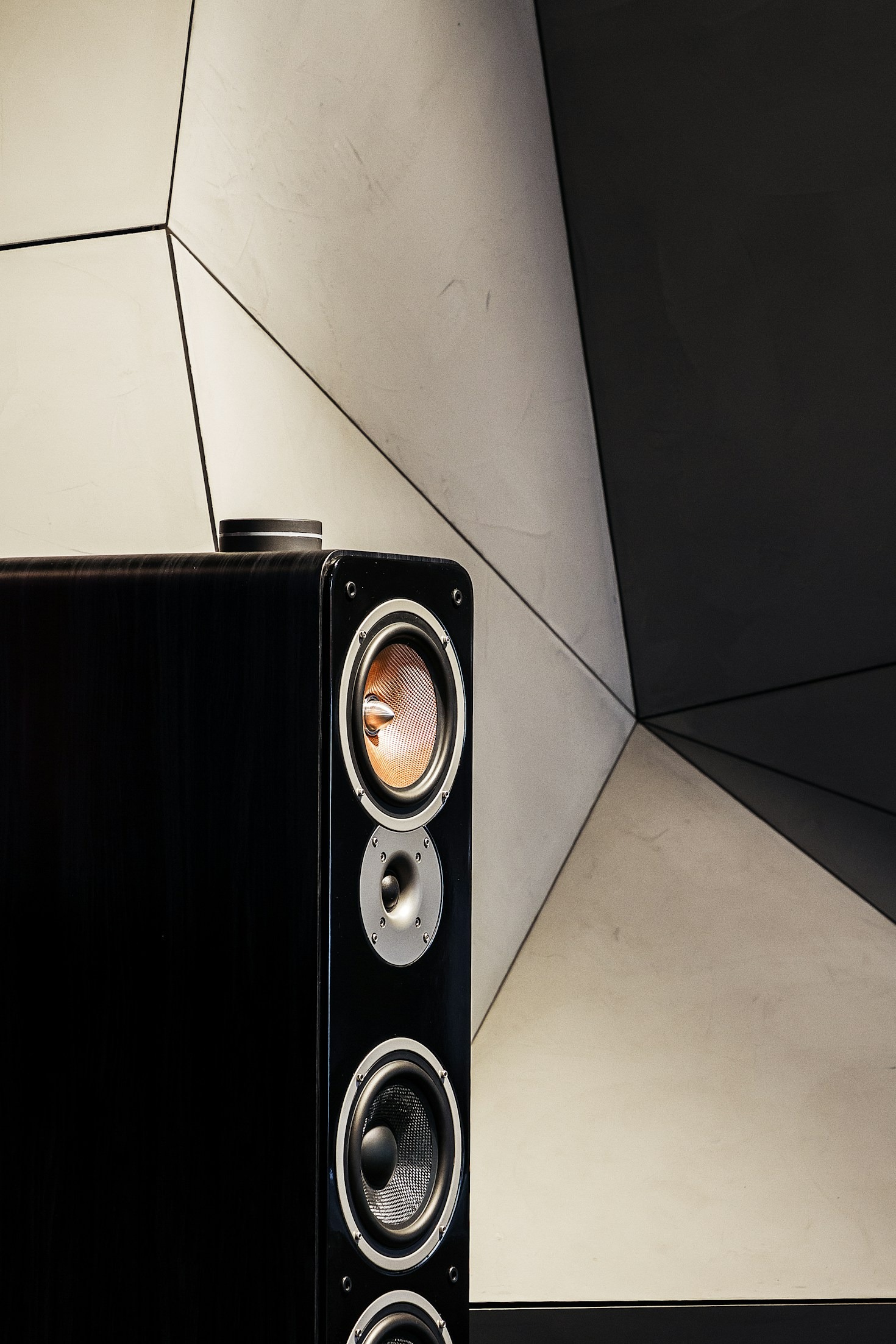Defining High Fidelity: Beyond the Buzzword
“High fidelity,” often abbreviated as “hi-fi,” denotes the accurate reproduction of sound. A high-fidelity system aims to replicate the audio signal as faithfully as possible to the original recording, minimizing distortion and extraneous noise. This involves more than simply increasing the volume; it’s about capturing the subtleties, details, and dynamic range inherent in the audio. A fundamental distinction exists between compressed and uncompressed audio formats. Compressed formats, such as MP3s, sacrifice a portion of the audio information to reduce file size, whereas uncompressed formats, like FLAC or WAV, preserve the complete audio data. While a technical definition exists, it’s important to acknowledge that sound quality is also subjective. Individual preferences for bass response, treble clarity, and overall sonic balance contribute to what each listener perceives as “good” sound.
The Anatomy of a High-Fidelity System
A high-fidelity audio system comprises more than just a set of speakers. Each component contributes significantly to the overall sonic output. The audio source—whether a streaming service, CD player, or turntable—plays a crucial role. A high-quality source ensures a clean audio signal, free from interference. The amplifier or receiver serves as the system’s core, powering the speakers and managing volume levels. A well-designed amplifier provides sufficient power to drive the speakers without introducing distortion. Finally, the speakers are responsible for converting the electrical signal into audible sound waves. High-quality speakers are engineered to reproduce sound accurately across the entire frequency spectrum. Even the cables connecting the various components can influence signal quality, although their impact is often a subject of debate.
Practical Steps to Enhance Your Audio Setup
Enhancing your home audio setup doesn’t necessitate a complete overhaul. Several steps can be taken to improve the listening experience incrementally. Begin with speaker placement. Experimenting with different positions can dramatically enhance the soundstage and stereo imaging. Room acoustics also play a vital role. Hard surfaces can reflect sound waves, creating undesirable echoes and reverberations. Incorporating soft furnishings, such as rugs and curtains, can help absorb these reflections and improve sonic clarity. Upgrading individual components is another effective approach. Replacing older speakers or an amplifier with higher-quality models can yield a noticeable improvement. Room correction software or acoustic treatments can further refine the sound and compensate for room-related acoustic imperfections.
Achieving High Fidelity Within Budgetary Constraints
High-fidelity audio can be perceived as an expensive pursuit, but exceptional sound quality can be achieved without excessive expenditure. Prioritize upgrades based on your budget. Often, the most significant improvement comes from investing in a quality pair of speakers. They can make a substantial difference, even when paired with a more modest amplifier. Exploring the used equipment market or selecting budget-friendly options from reputable brands are also viable strategies.
The Transformative Power of High-Fidelity Audio
The reward for investing in a high-fidelity audio system is an immersive and captivating listening experience. Listeners often discover previously unheard details in familiar music. The sound becomes more dynamic, characterized by deeper bass, clearer highs, and a broader soundstage. This heightened fidelity fosters a stronger connection to the music and movies, allowing listeners to experience the nuances and emotions as the artists intended. It transcends mere listening; it becomes a truly engaging experience.

Leave a Reply
You must be logged in to post a comment.